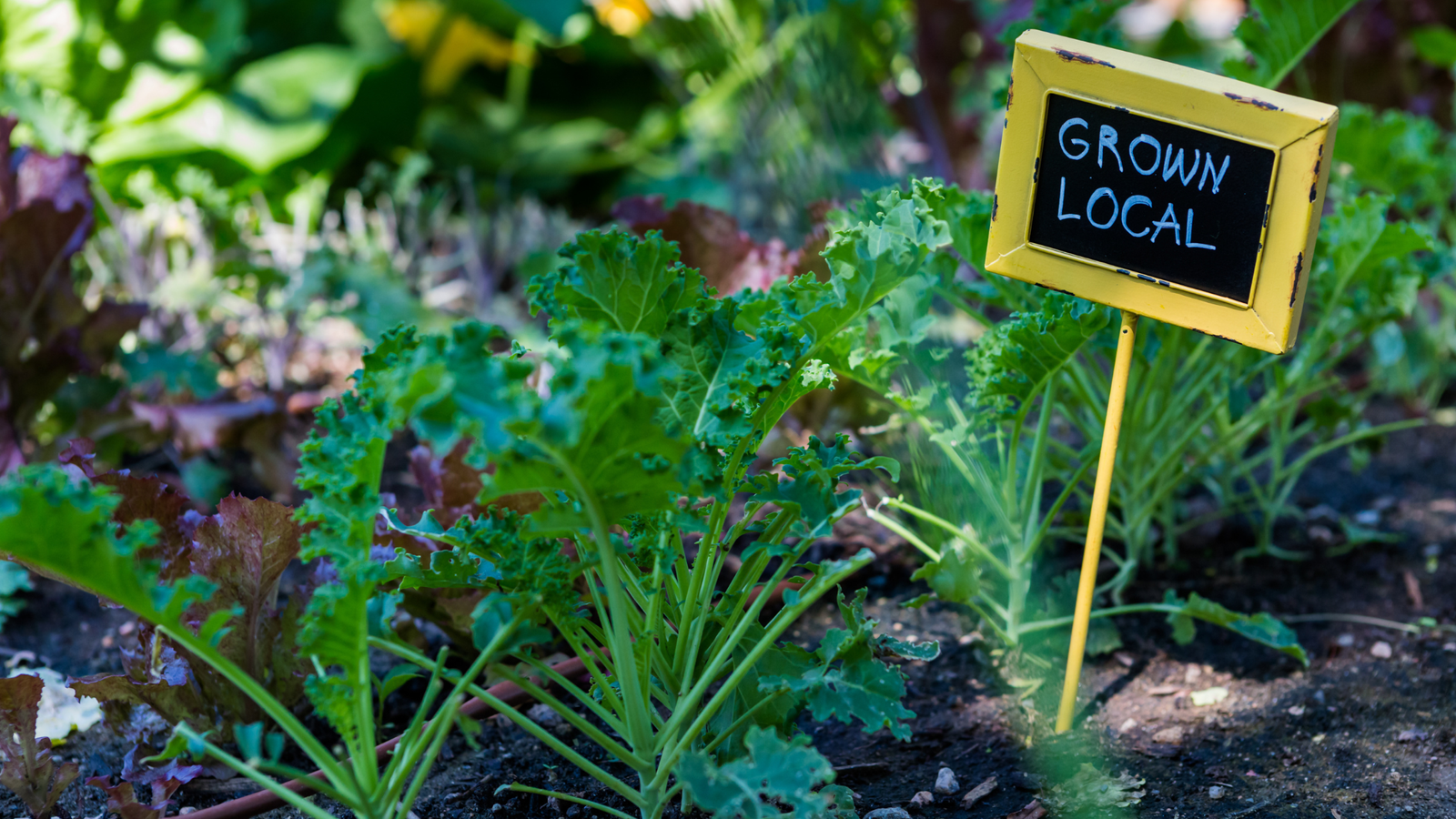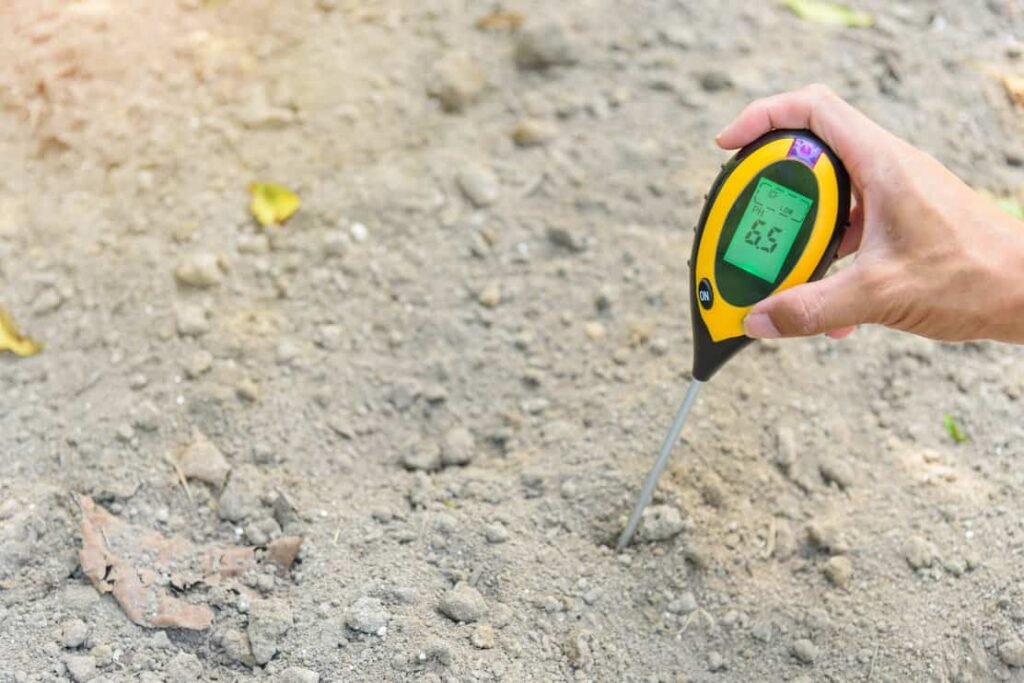
Embrace and Drive Change

Horticultural sand is used by gardeners in their soil or potting mix to improve drainage and decrease water retention.
A variety of materials, including quartz, crushed sandstone, or crushed granite, can be included in horticultural sand, also known as coarse sand or horticultural grit. Due to its composition, which excludes lime, it won’t have a negative impact on the pH balance of the soil but may even enhance it.
And because its edges, horticultural sand does not clump together like regular sand and does not fill soil voids. Because of this, it may be helpful for enhancing drainage and maintaining good aeration (airflow) around the roots of your indoor or outdoor plants.

The best results are achieved when horticultural sand is mixed with clay soils, other heavy soils that may not drain as well, and loamy, nutrient-rich soils. Use mulch or peat moss as a top dressing to slow the rate of water drainage. This will hold back some of the water until it has passed through your mixture of horticultural sand and soil.
When compared to play sand, silica sand, or fine sand, pre-mixed horticultural sand can be difficult to find and expensive.
Because of its coarse texture, horticultural sand can improve the soil’s ability to support both indoor and outdoor plants.
In your garden or potting mix, horticultural sand may have the following four advantages:
Balanced pH levels
While some plants do not do well in acidic soils, others do. You can adjust the pH levels of your own soil by hand-mixing it or purchasing horticultural sand that contains a particular blend of ingredients. Applying sand that contains alkaline ingredients, like lime, for instance, can increase soil pH.
Conversely, applying sand that contains acidic ingredients, like certain types of grit treated with minute amounts of ammonium sulfate, can decrease soil pH.

Horticultural sand can be a useful component to use in composting, especially composting mix for your garden, because it dries out quickly and promotes aeration of the soil. In order to compost organic matter that might otherwise rot if the airflow is poor, the soil must be properly drained and aerated.

When you combine horticultural sand with clay soil or landscaping soil, rain and other water can pass through the mixture more easily and won’t pool or stand around root systems (which can lead to root rot). Small succulents kept indoors, for example, will benefit from well-draining soil. It can also improve drainage for houseplants.

In particular, clay-rich soil can become waterlogged and compacted after heavy rains, leaving little room for the development of strong root systems or advantageous microbes. Gardeners can prick the ground with a rake or another aerator tool to aerate the soil.
The use of horticultural sand, which doesn’t clump and allows moisture to drain or evaporate, is another choice. Plants and microorganisms will then flourish in the oxygen-rich soil more easily.
